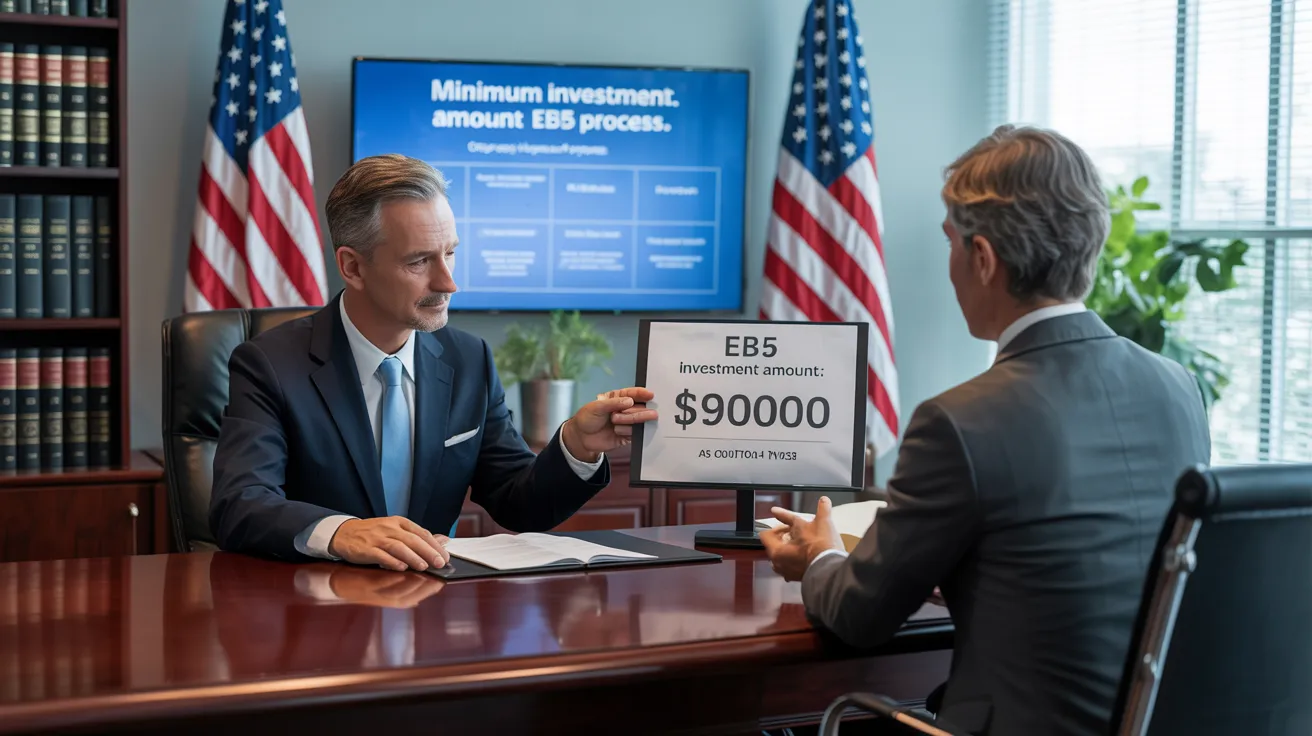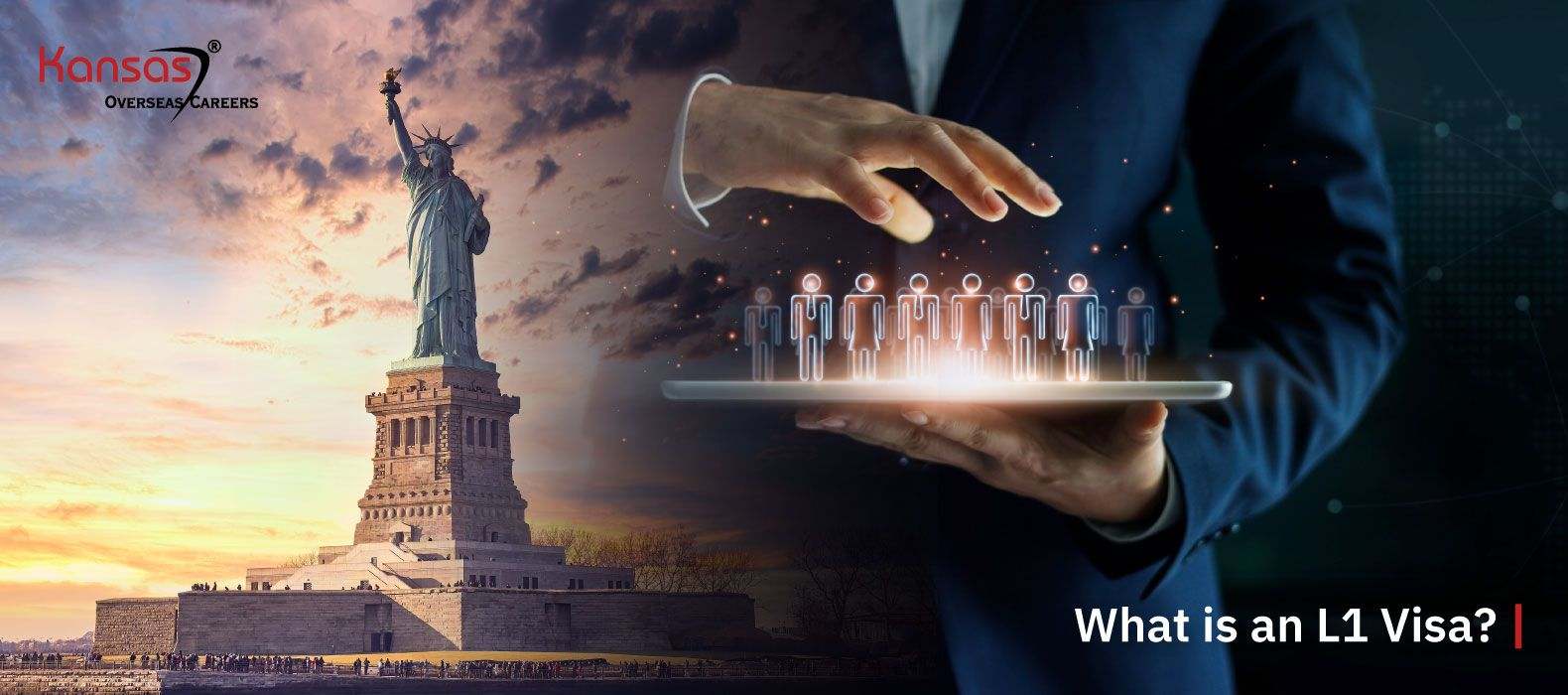Not known Details About L1 Visa
Table of ContentsA Biased View of L1 VisaHow L1 Visa can Save You Time, Stress, and Money.The 15-Second Trick For L1 Visa4 Simple Techniques For L1 VisaL1 Visa Can Be Fun For EveryoneThe Main Principles Of L1 Visa
Available from ProQuest Dissertations & Theses Worldwide; Social Science Costs Collection. DHS Workplace of the Assessor General. Retrieved 2023-03-26.
U.S. Division of State. Recovered 2023-02-08. Tamen, Joan Fleischer (August 10, 2013).
The Main Principles Of L1 Visa
In order to be qualified for the L-1 visa, the foreign company abroad where the Beneficiary was used and the U.S. company have to have a certifying partnership at the time of the transfer. The various sorts of qualifying partnerships are: 1. Parent-Subsidiary: The Parent suggests a firm, firm, or various other legal entity which has subsidiaries that it has and manages."Subsidiary" means a company, corporation, or other lawful entity of which a parent owns, directly or indirectly, even more than 50% of the entity, OR possesses less than 50% however has administration control of the entity.
Example 1: Company A is incorporated in France and uses the Recipient. Business B is included in the united state and wishes to seek the Beneficiary. Firm A possesses 100% of the shares of Firm B.Company A is the Parent and Company B is a subsidiary. There is a qualifying relationship between the 2 companies and Company B should be able to sponsor the Recipient.
Example 2: Business A is integrated in the united state and wants to petition the Beneficiary. Firm B is included in Indonesia and employs the Recipient. Firm A possesses 40% of Business B. The continuing to be 60% is had and managed by Firm C, which has no connection to Firm A.Since Business A and B do not have a parent-subsidiary connection, Firm A can not sponsor the Recipient for L-1.
Instance 3: Company A is incorporated in the U.S. and wants to request the Recipient. Firm B is integrated in Indonesia and uses the Recipient. Business An owns 40% of Firm B. The continuing to be 60% is possessed by Firm C, which has no connection to Firm A. Nevertheless, Business A, by official arrangement, controls and full manages Company B.Since Business An owns much less than 50% of Firm B but takes care of and regulates the firm, there is a certifying parent-subsidiary relationship and Business A can sponsor the Beneficiary for L-1.
Getting My L1 copyright Work
Associate: An affiliate is 1 of 2 subsidiaries thar are both possessed and managed by the same parent or person, or possessed and managed by the same team of people, in basically the exact same ratios. a. Example 1: Firm A is integrated in Ghana and utilizes the Beneficiary. Firm B is integrated in the united state
Business C, also included in Ghana, has 100% of Business A and 100% of Firm B.Therefore, Business A and Firm B are "affiliates" or sister firms and a qualifying connection exists between the two companies. Firm B need to be able to sponsor the Beneficiary. b. Example 2: Business A is integrated in the united state
Firm A is 60% had by Mrs. Smith, 20% possessed by Mr. Doe, and 20% possessed by Ms. Brown. Business B is incorporated in Colombia and presently uses the Recipient. Company B is 65% owned by Mrs. Smith, 15% had L1 Visa law firm by Mr. Doe, and 20% owned by Ms. Brown. Business A and Firm B are affiliates and have a certifying connection in two different means: Mrs.
The L-1 visa is an employment-based visa group established by Congress in 1970, permitting multinational companies to transfer their managers, execs, or crucial workers to L1 Visa attorney their United state procedures. It is typically referred to as the intracompany transferee visa.

Additionally, the beneficiary should have operated in a managerial, executive, or specialized employee setting for one year within the three years preceding the L-1A application in the international company. For new office applications, foreign work must have been in a supervisory or executive capability if the recipient is concerning the United States to function as a manager or exec.
Getting My L1 copyright Work

If approved for an U.S. business operational for more than one year, the initial L-1B visa is for as much as three years and can be prolonged for an added two years (L1 Visa). Alternatively, if the U.S. firm is freshly developed or has been operational for less than one year, the first L-1B visa is released for one year, with extensions available in two-year increments
The L-1 visa is an employment-based visa category established by Congress in 1970, allowing multinational firms to transfer their managers, executives, or essential employees to their U.S. operations. It is commonly referred to as the intracompany transferee visa.
The Best Strategy To Use For L1 Visa
Furthermore, the recipient should have functioned in a supervisory, exec, or specialized staff member setting for one year within the 3 years preceding the L-1A application in the foreign firm. For read more brand-new workplace applications, international work should have remained in a managerial or executive capability if the recipient is coming to the United States to work as a supervisor or executive.
for approximately seven years to look after the procedures of the united state associate as an exec or manager. If issued for an U.S. company that has actually been functional for greater than one year, the L-1A visa is initially provided for as much as three years and can be expanded in two-year increments.
If approved for an U.S. business functional for more than one year, the first L-1B visa is for as much as three years and can be expanded for an added two years. Alternatively, if the U.S. company is freshly established or has actually been functional for less than one year, the initial L-1B visa is released for one year, with extensions offered in two-year increments.